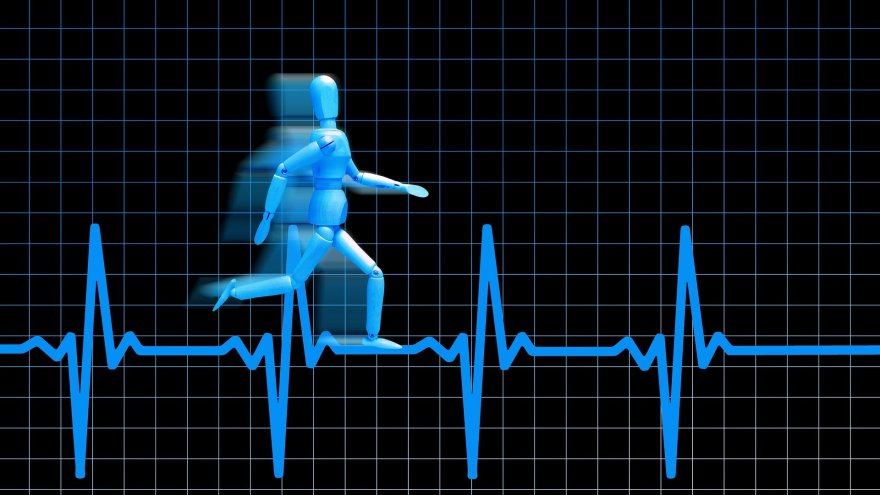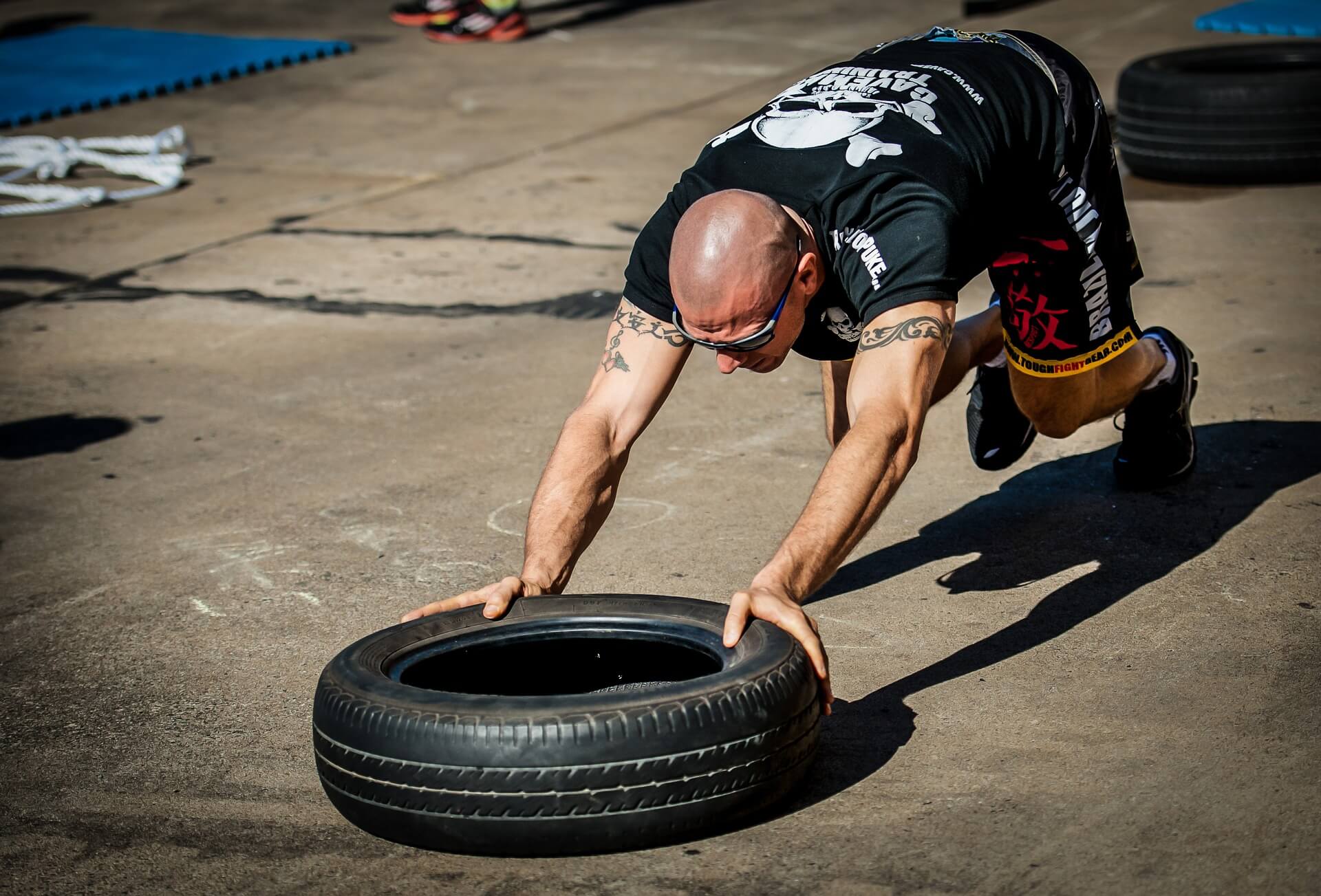Running to Improve Cholesterol

If you have been diagnosed with high cholesterol, you were probably told to change your diet and add in some exercise, and possibly even been given medication. Unfortunately rises in cholesterol levels occur from years of poor diet, smoking, and lack of exercise that contributes to fat accumulation. A more rising concern is the connection between stress levels and heart disease. Higher levels of social stress are linked to more fat buildup in the abdomen leading to higher cholesterol levels. At the right intensities, exercise alone can help raise HDL levels, which is the heart-protecting cholesterol in the body. Add in a healthier diet and you can be on your way to having your heart taken care of and staying away from prescription medications.

When using exercise as a means to lower cholesterol levels, the goal is to burn as many calories from fat as possible with every session. This requires one to perform exercise at the proper intensity. Too low intensity and there will be little effect on any fat reduction. Too high and you will utilize glycogen storage for energy rather than fat stores. Although you will not burn as much fat during the higher intensity exercise, you will have a significant increase in metabolism after these types of workouts leading to more fat-burning throughout the rest of your day. As far as overall weight reduction, any amount of exercise at any intensity will work.

Running for Cholesterol Control
Distance Matters
Studies have reported the effects of running versus walking to help control cholesterol levels. Running results in more energy expenditure per hour of course due to the fact that it is clearly higher in intensity than walking. These studies, though, evaluated the activities based on the amount of time performed, rather than distance. If walking is done at the same moderate intensity for the same distance as running the effect on cholesterol levels is similar. It is just easier to get into the moderate intensity zone with running than it is with walking. Since runners can cover the same distance in practically half the time as walkers, they tend to exercise for twice as long as walkers. This is why running is perceived as a better method for lowering cholesterol levels.
One study evaluated the association between HDL cholesterol levels and the amount of running per week. The results showed that runners who engage in seven or more miles per week had a significant increase in HDL cholesterol levels. The intensity of running measured in this study was between mild and moderate. The consistency of the weekly mileage above seven miles showed gradual improvements in LDL, triglyceride, and HDL levels. Therefore training for any distance above a 5K can help with cholesterol control since you will be running much more than seven miles per week.

Intensity Matters
Keeping runs at a moderate pace will utilize fat storage for energy, unlike running that involves bursts of high-intensity intervals or sprinting. As mentioned, high-intensity sessions will require more glycogen stores but will create that after-burn many exercisers seek, meaning they can burn more fat throughout their day without even doing any activity. This is even more pronounced with resistance training. It is a stationary higher intensity activity (as long as you are lifting enough weight) that will keep your metabolism active for several hours after your session. Marathoners tend to run several times per week at a low to moderate intensity for a long duration, which is much better at attacking those fat stores as any other activity.
Diet Matters
One study evaluated the cholesterol and triglyceride levels of male marathon runners over a span of two weeks of consecutive running. These runners ran an average of 28 kilometers for seven days straight, rested for three days without changing their alcohol or calorie consumption (which was around 4800 calories per day), followed by another eight days of running. Mileage covered 500km in total. The results showed an increase in HDL cholesterol levels by 18% and a drop in triglyceride levels by 22%. The short break of no activity for three days resulted in the opposite effect, showing that the significantly high-calorie diet and alcohol consumption without exercise leads to unhealthy fat levels in the body. The eight days of running following the rest period gave similar results as the seven-day running cycle.

As far as considering natural remedies to lower cholesterol levels, incorporating exercise seems to be much easier than making significant changes to your diet. As the studies mentioned above have shown, the right kind of exercise without changing your diet can yield improvements in cholesterol and triglyceride levels. This means less risk of heart disease and obesity. If you are considering ways to lower your cholesterol levels, a good plan is to start with moderate walking or running for at least 30 minutes per day and build up gradually over time. The gradual increase in distance and intensity with activity is important to avoid the risk of injury or burnout. Once you have made exercise a part of your weekly routine, then small tweaks to your diet can be added in gradually as well to improve your heart health even further.
Sources
- , Walking vs Running for Hypertension, Cholesterol, & Diabetes Risk Reduction, Journal
- , This Issue Article February 27, 1995 Miles Run per Week and High-Density Lipoprotein Cholesterol Levels in Healthy, Middle-aged Men, Journal
- , High-Density Lipoprotein-Cholesterol in Marathon Runners During a 20-Day Road Race, Journal
Latest Articles
 Is Running on a Treadmill Easier Than Running Outside?Runners have their own preferences, whether it is treadmill running, running outside on the road, or exploring trails. So...
Is Running on a Treadmill Easier Than Running Outside?Runners have their own preferences, whether it is treadmill running, running outside on the road, or exploring trails. So... Is It OK to Use Trail Running Shoes on the Road?While trail running shoes can be used on roads, especially in situations where a runner encounters mixed terrains or pref...
Is It OK to Use Trail Running Shoes on the Road?While trail running shoes can be used on roads, especially in situations where a runner encounters mixed terrains or pref... How to Fix Sore Quads After Running?Rest, ice, gentle stretching, and over-the-counter pain relievers can help soothe sore quads after running. Also, ensure ...
How to Fix Sore Quads After Running?Rest, ice, gentle stretching, and over-the-counter pain relievers can help soothe sore quads after running. Also, ensure ... 10 Fruits With The Most Electrolytes to Replace Sports DrinksThese fruits are high in electrolytes such as potassium, magnesium, and calcium, essential for hydration, muscle function...
10 Fruits With The Most Electrolytes to Replace Sports DrinksThese fruits are high in electrolytes such as potassium, magnesium, and calcium, essential for hydration, muscle function...

